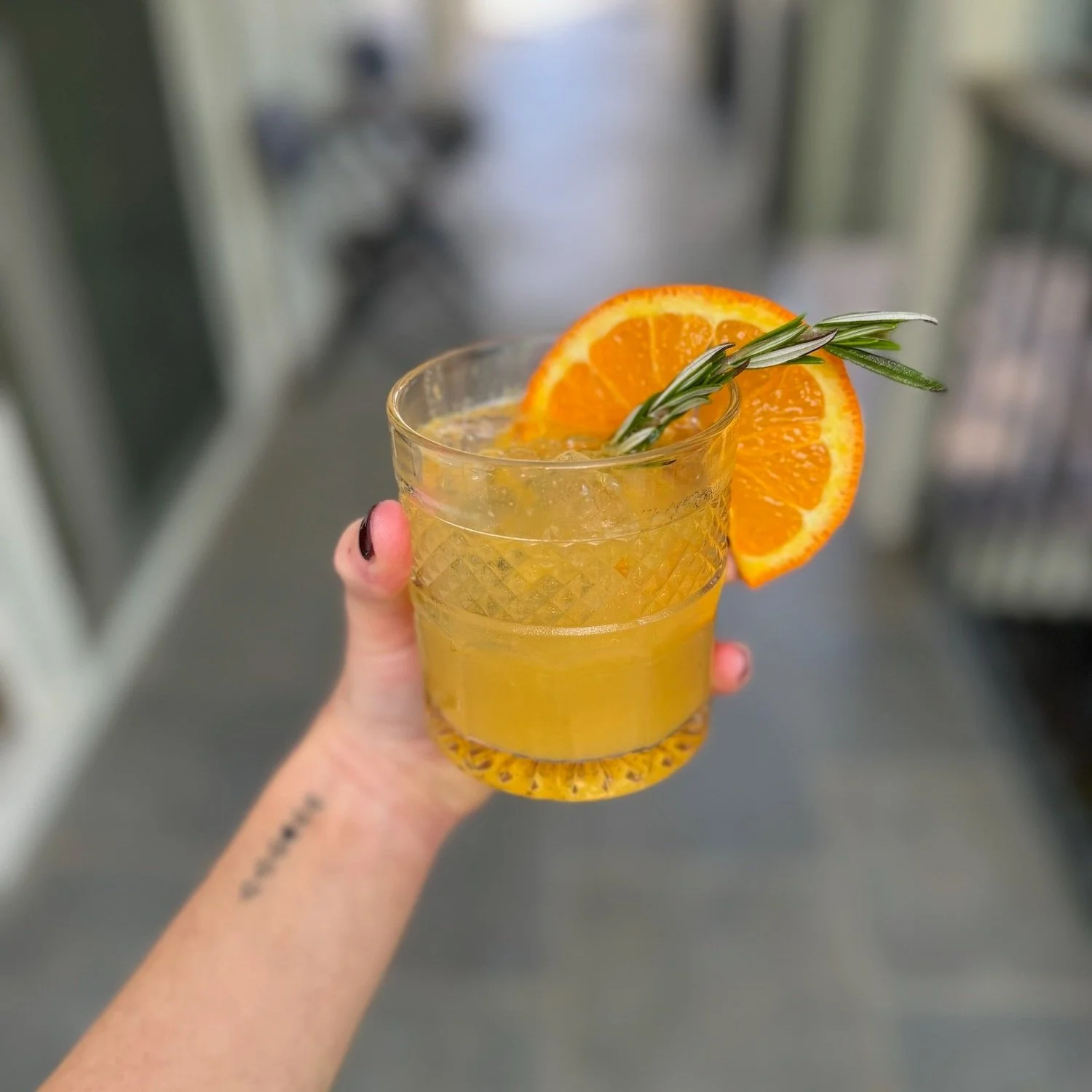There’s A New FDA Approved Treatment For People With Severe Food Allergies
by The Candidly Team
Living life with a severe food allergy is a monumental burden that really doesn’t get talked about enough.
Some studies estimate that around 1 in 10 adults and 1 in 13 children have food allergies, and according to the CDC, food allergies have increased by about 50% since the 90s.
As of this moment, there is no known cure.
Nevertheless, most schools still allow peanuts. Restaurants are under no legal obligations to offer food allergy warnings. And allergy policies on serving nuts on planes (the most confined space most of us ever exist in) vary widely with no airline being able to promise that their cabins will be nut-free.
If you don’t have a food allergy or aren’t close to someone who does, you forget that it means that things as mundane as ordering a salad or choosing a face cream can be an actual matter of life or death. Now imagine that same anxiety being transferred to your kid, a human you’ve sworn to protect but don’t actually possess physical control over at every second of every day.
None of this is a small thing. More of an immeasurably terrifying thing.
Which is why a new drug being approved by the FDA to help treat severe food allergies is also not a small thing.
It’s called Xolair (or omalizumab), and it had previously been given the greenlight as a treatment for certain patients with persistent allergic asthma.
However, a study of 168 people, mostly children over age 1, who had a peanut allergy along with two or more other common food allergies showed that 68% of participants who received Xolair injections over a period of 16-20 weeks “were able to eat a single dose of peanut protein [equivalent to 2.5 peanuts] without moderate to severe allergic symptoms (e.g., whole body hives, persistent coughing, vomiting), compared to 6% who received placebo,” according to the FDA.
The drug is not designed as an immediate treatment for people who’ve just been exposed to an allergen. Rather it’s an ongoing injection the patient receives in a healthcare setting about every 2-4 weeks to hopefully lower their risk of having a severe reaction should they accidentally consume a small amount of that allergen.
And it absolutely does NOT make it so people can now consume foods to which they’re allergic. In fact, anyone who takes the drug must still take all the same precautions to avoid those foods. However, the hope is that it “will help reduce the health impact if accidental exposure occurs," according to Kelly Stone, M.D., Ph.D. from the FDA’s Center for Drug Evaluation and Research.
For those curious about the science of it, according to a news release published on the National Institutes of Health, the technical way omalizumab works is “by binding to the allergy-causing antibody called immunoglobulin E in the blood and preventing it from arming key immune cells responsible for allergic reactions.” It’s the first medication approved by the FDA to “reduce allergic reactions to more than one type of food after accidental exposure.”
So are there any downsides?
For starters, the results weren’t the same for everyone. In the same study, 17% “had no significant change in the amount of peanut protein tolerated,” according to the FDA.
Xolair is also only meant to treat certain people with certain types of allergies.
Side effects can also occur, and there is a small risk that taking Xolair can trigger anaphylactic shock. Hence it being necessary to only receive the shot in a healthcare facility that’s set up to deal with anaphylaxis.
Word of warning, at face value, the expected price of Xolair will probably throw you from your seat. The drug must be taken every 2-4 weeks and could cost around $2,900 for children and $5,000 for adults, however there’s talk that insurance could help cover those steep fees. So this is one area to stay on top of as things move forward.
So while the picture is still coming into focus around Xolair, with millions of Americans experiencing food allergies, it’s hopeful to see new and unprecedented options enter the picture.
And, if nothing else, allow those affected to breathe a much-deserved sigh of relief.
This article is for informational purposes only. It is not intended to be used in place of professional advice, medical treatment, or professional care in any way. This article is not intended to be and should not be a substitute for professional care, advice or treatment. Please consult with your physician or healthcare provider before changing any health regimen. This article is not intended to diagnose, treat, or prevent disease of any kind. Read our Terms & Conditions and Privacy Policy.







